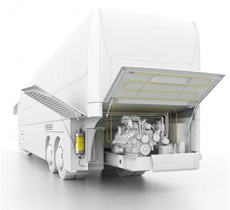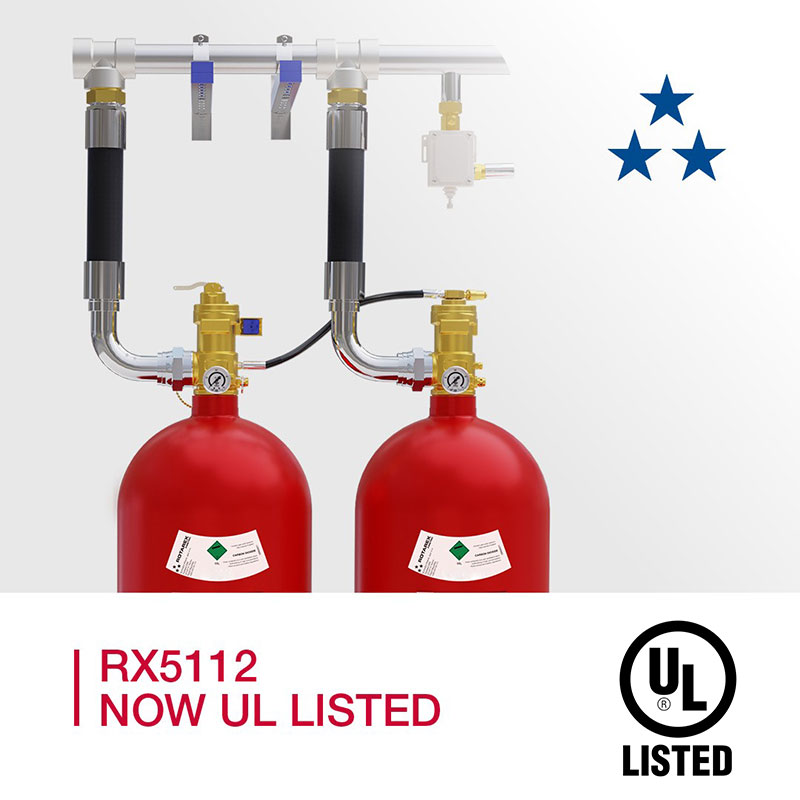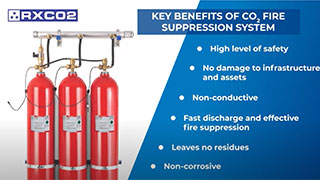FireDETEC Fire Suppression for Buses is First to Receive SP Approval

As R&D Engineer for FireDETEC bus systems, I’m pleased to report that the SP Institute has officially recognized that our team has developed an innovative, high quality suppression system that effectively stops fires in bus engine compartments.
For many years, the SP Technical Research Institute of Sweden has been developing a rigorous testing environment to evaluate the performance of different fire fighting systems in bus engine compartments. This resulted in the creation of a new certification using SPCR 183 test methodology according to SP Method 4912, chapter 3. This methodology is more robust than previous test protocols, as fire suppression performance is evaluated under more realistic bus engine conditions. Durability is measured under very harsh conditions, and quality is assured through a comprehensive audit of the manufacturing process.
The SP institute is a world leading authority on bus fire safety. Established in 2005 with the objective of creating a safer environment for passengers and bus drivers worldwide, it’s “P-mark” now sets a new standard for fire suppression systems in the engine compartments of busses and coaches.
In fact, the SP Method 4912 is currently being evaluated by a general safety working group of the United Nations Economic Commission for Europe as a global safety standard for busses. If adopted, this would mean that the installation of approved fire suppression systems in engine compartments will be mandatory for all single-deck, double-deck, rigid or articulated vehicles of category M2 or M3.
FireDETEC systems are an effective and economical way to protect passengers and minimize fire damage. In addition, operators can be confident their buses will comply with pending future legislation.
FireDETEC systems reflect our innovative approach to fire suppression. Our systems are installed directly in the engine compartment, closer to where a fire could start. It uses pneumatic detection tubing that is highly effective and easy to install. Designed to withstand the harsh conditions of a moving vehicle engine, a special liquid agent suppresses oil-based fires in high airflow conditions and uses a sustained discharge to prevent fire re-ignition. If a fire occurs, the heat causes pressurized sensor tubing to burst at the hottest spot. Sudden de-pressurization actuates a valve and instantly floods the entire compartment with a CO2 agent that suppresses the fire moments after it began. A sustained discharge prevents fire re-ignition.
When a fire occurs, the driver is immediately alerted by a dashboard alarm. And in most cases, the fire will be out before the driver even has time to stop the bus. If you’d like to know more about FireDETEC fire suppression systems for buses, please download this brochure now.








